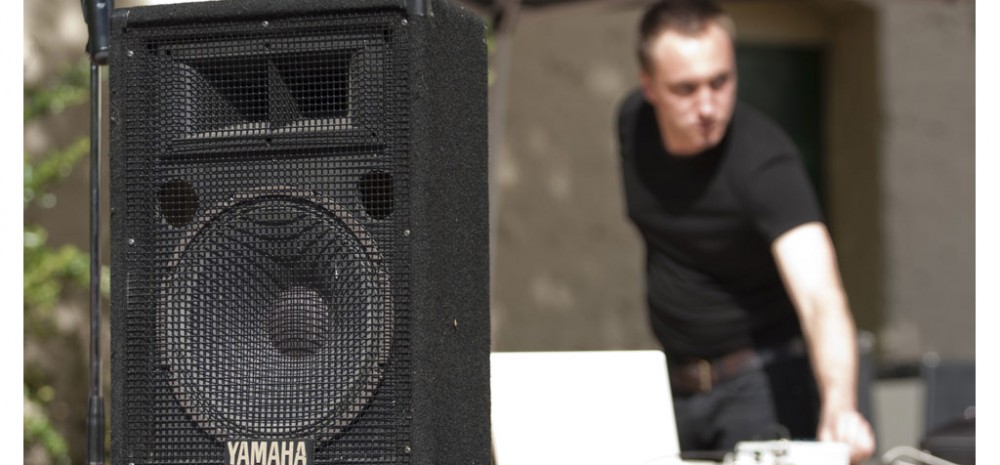Jaw: Wonderland Remix by Mathias Josefson, Thomas Watkiss and Per hlund
One can get a greater understanding of a place by its small business community. By focusing on immigrant-run places of business in the Tenderloin, we set out to provide a closer understanding of the daily process of trade and transaction at the fundamental level. As we know, the Tenderloin is home to a wide diversity of cultures who come to America to earn a sense of identity within our Free Market process. Fruit stands, food vendors, niche ethnic boutiques, dry cleaning services things affluent societies such as ours take for granted while the new Americans that operate the business are over-looked and highly under-appreciated. Remix: Market Culture/Language of Place sets out to have the visitor to the exhibition experience the sound of common immigrant business as something beautiful and profound, while being allowed an intimate exposure to the diversity of communities within the Tenderloin.
Basing our piece in the Tenderloin with its diverse concentration of foreign-born groups, we set out to capture fragments of cultural dialogue that build the immigrant marketplace. We are choosing select, unadvertised locations of the Tenderloin to gather daily transactions, small conversations and the different sound of languages to be remixed for a new perspective to the visitor of the exhibition. We set out to demonstrate a select thread of commonality, cultural semantics and innuendos that may exist with approaches to small enterprise. In a way, we are displaying the nature of small business of the Tenderloin as key in understanding the greater formation of American culture for an international audience.
We as practitioners working with sound feel that the medium is the most accurate way to communicate information to our audience. Fundamentally, it is easy for one to turn an eye when confronted with subjective imagery, but with sound it is possible for the listener to create their own picture to freely make their own associations and conclusions. In this situation, we are developing the sound piece as it is the most intimate way to provide the listener access environments, rhythms and routines of the daily immigrant dilemma. We are not interested in shining an uncomfortable spotlight on the tough situations of workers, but to provide a communication-level platform for the visitor to experience and to walk-away with a closer understanding of those who make up the building blocks of our society.
Seeing the struggle of the new immigrant groups is touching for us as we are understanding the individuals and seeing that even in a downtown economy, there is a sense of determination, personal trust and giving that is not represented in the suffering commercial world. We also notice that the people who immigrate to the Tenderloin work there and live there which creates a closer sense of community and a more honest sense of place. In New York City for example, it becomes apparent that the places where people work, are not the places where people live, and where people live one begins to see how segregated the city truly is. In the Tenderloin one can also see how the immigrant groups move in, move up and move on. Our piece is capturing a moment of this evolution.
